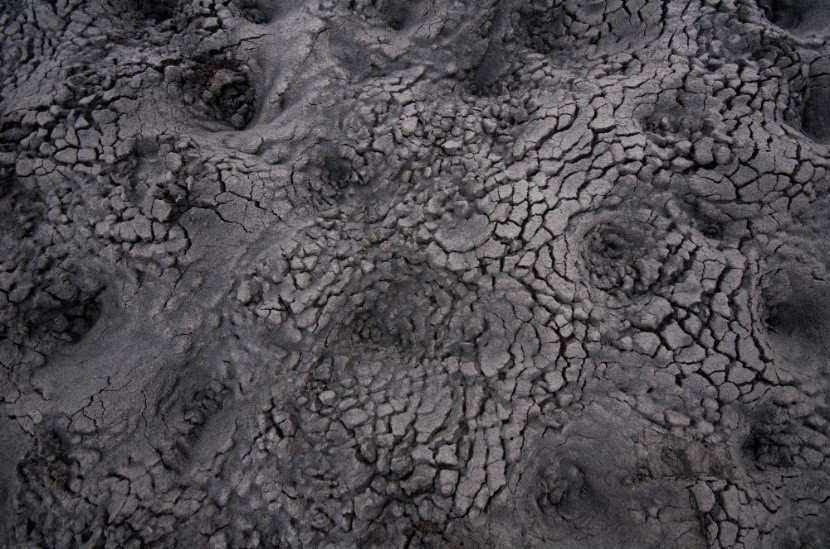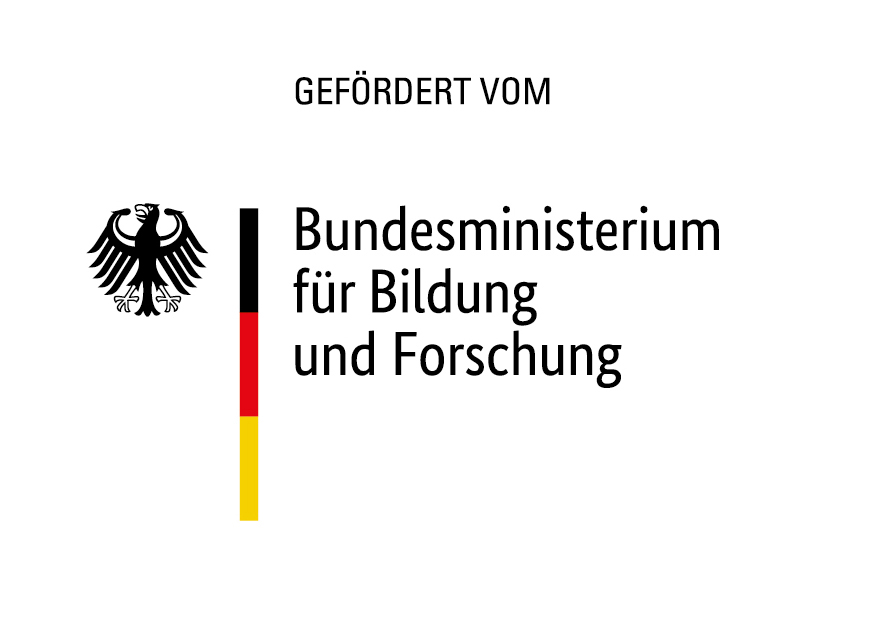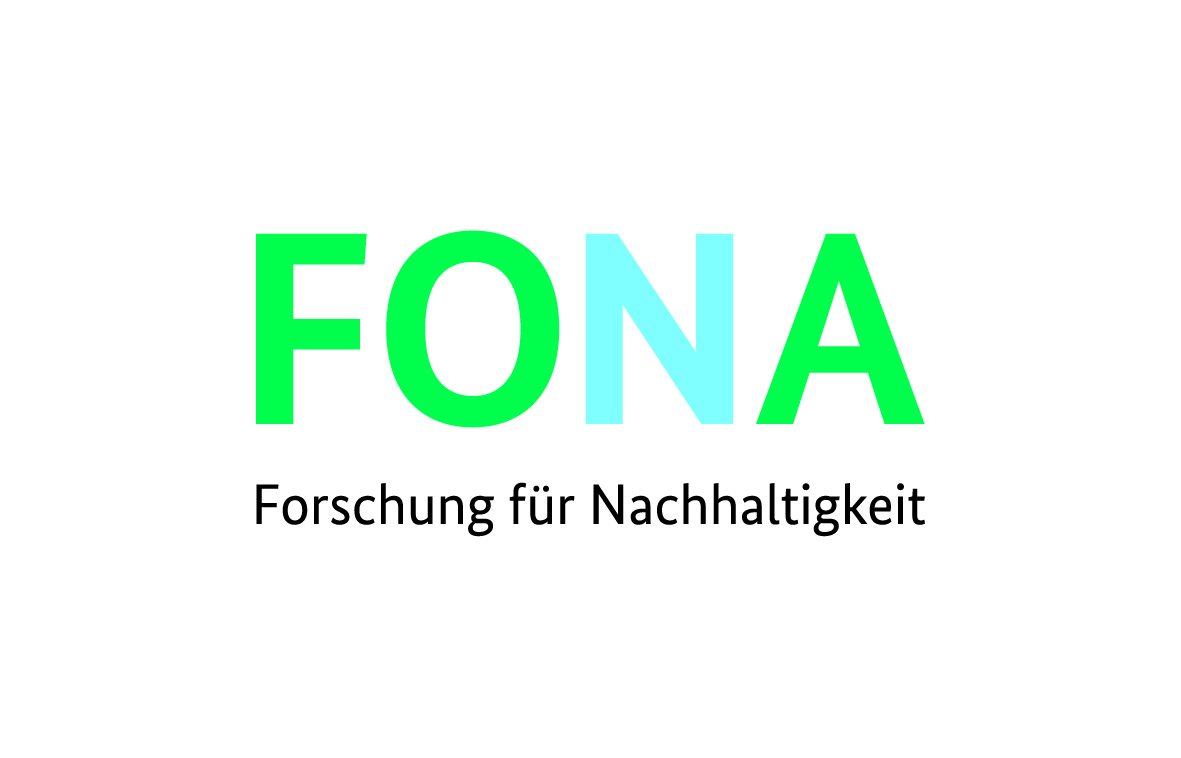With resource-efficient recycling management in mind, the ASHCON research project aims to explore ways to recycle processed ash from waste incineration plants as a raw material for concrete. The Fraunhofer Institute for Building Physics IBP is a partner in this project, which is funded by the German Federal Ministry of Education and Research (BMBF) as part of the measure “Resource-efficient circular economy - Building and mineral cycles (ReMin)”. It supports the project by processing waste incineration residues in the laboratory, using its processing expertise in electrodynamic fragmentation.


